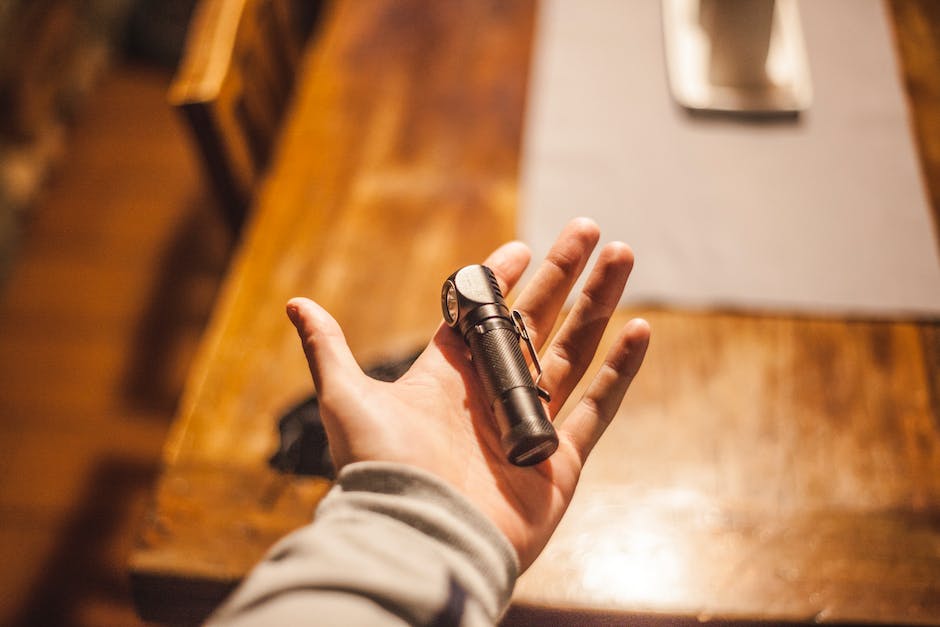Understanding How Self Inflating Camping Mats Work
Camping can always be a fun and exciting activity, but it’s also important to be prepared and well equipped. For starters, most campers know the importance of a camping mat, which helps provide comfort and insulation, as well as protection from wet ground and sharp objects. But did you know that, instead of the usual air mattresses, there are also self-inflating camping mats available which makes camping and sleeping on the ground even more comfortable?
[recommendations keyword=’how-do-self-inflating-camping-mats-work’]
Self-inflating camping mats are a popular sleeping solution among campers. Not only are they easy to use and highly convenient, but they also provide you with a level of comfort that traditional air mattresses can’t match. Self-inflating mats are made of open-cell foam to provide a firm and supportive sleeping surface. The foam is encased in a waterproof material, such as polyester-coated nylon or vinyl, and there is often an extra material layer included for insulation.
So, how do self-inflating camping mats work? The name might be a bit of a giveaway—self-inflating mats use a special foam that expands on its own in response to the air pressure on it. A valve mechanism on the mat allows air in and out. When you open the valve, air enters the foam and the foam begins to expand, taking in more air as the interior pressure increases. As soon as the interior pressure increases enough, it forces the excess air out of the valve.

The self-inflating process only takes a few minutes and you can expect the mat to return approximately 80 percent of the air it is filled with. It’s possible that your mat has a base foam density that’s less than three- or four-inch thick. However, self-inflating camping mats are usually used for camping on flat surfaces. They tend to provide more comfort and insulation than other types of mats, saving you money on heavier insulation and padding.
As a camper myself, I’ve found that self-inflating camping mats are an invaluable tool when camping on flat surfaces, making it comfortable to sleep outdoors without spending too much money. These mats come in a variety of sizes, shapes, weights, and materials, so you can find the perfect match for your camping needs.

When accessing a self-inflating camping mat, remember to roll the mat up from the bottom end. The valve on the bottom will naturally suck air in and begin to inflate the mat. Once inflated, use your foot or knee to press firmly down onto the top of the mat to evenly force the air throughout the whole mat. This will ensure the full mat is evenly inflated.
When packing away the mat, start by loosening up the valve to release the air. Then it’s as simple as rolling up the mat from the bottom. It’s usually a good idea to open the valve and let any remaining air out before storing away, as this way you’ll save some energy for the next outing. It’s also helpful to clean and allow the mat to completely dry before folding it up.

In conclusion, self-inflating camping mats are an incredibly convenient and comfortable solution for camping. In my experience, self-inflating mats not only provide the optimum warmth and insulation that air mattresses can’t match, they’re also lightweight, easy to use, and more affordable than bulky air mattresses. If you haven’t found the perfect sleeping solution for your outdoor activities yet, I definitely recommend checking out self-inflating camping mats.